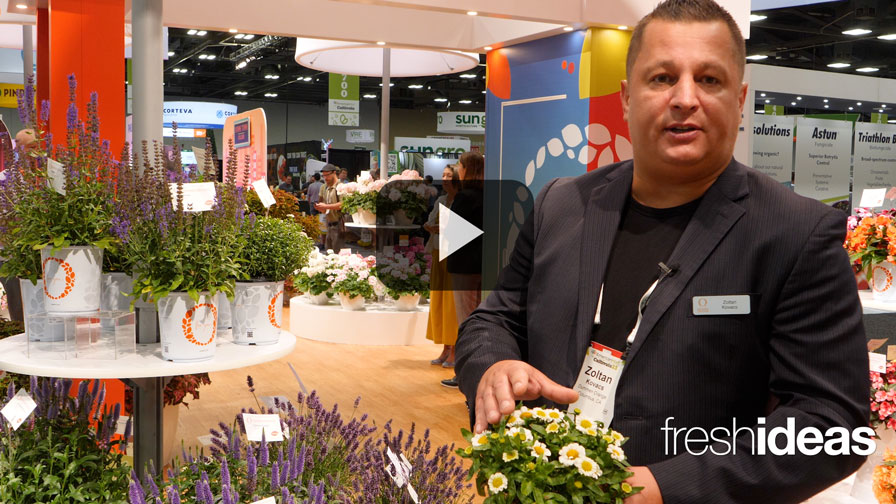Allan Armitage’s Crystal Ball Shows a Bright Future for Floriculture in 2024
 Whether we are talking about our children, the family tree, or the business we find ourselves in, there is always a past, a present, and a future. In our business, the present is easy to discern — we are all living it. However, the past — that is, the places, people, and changes that got us to now — tend to be forgotten. This is true of a great-great grandfather in our family tree, or the history of innovations in breeding and production. The past is there, and it is unbelievably interesting. We just have to do a little digging to resurrect it.
Whether we are talking about our children, the family tree, or the business we find ourselves in, there is always a past, a present, and a future. In our business, the present is easy to discern — we are all living it. However, the past — that is, the places, people, and changes that got us to now — tend to be forgotten. This is true of a great-great grandfather in our family tree, or the history of innovations in breeding and production. The past is there, and it is unbelievably interesting. We just have to do a little digging to resurrect it.
But the future — ah, that is for meteorologists, sports pundits, seers, and crazy people holding up “The End is Coming” signs.
To chat about the future is to understand the past. All greenhouse innovations, trends, and new genetics are the result of those that came before them. This is true for any business. For example, the original cell phone was called a Blackberry, and that resulted in the computer now glued to our ears, an iPhone. Who knows what the future will be. In our business, the past was raw seeds in open trays on open tables. The present is automated planters, plugs from tissue culture, and computerized everything.
We could go on and on about what the future might hold; we may actually be correct. Heck, it seems Dick Tracy’s two-way wristwatch radio came true (does anyone remember Dick Tracy?), and Elon Musk’s electric car idea worked. So why shouldn’t we believe that in greenhouses somewhere, someone is tending to equally innovative ideas?
In floriculture, we tend to equate the future with the trends we expect to continue. We can do better than that. For example, some trends like pollinators and natives are so well entrenched that they have outlived the definition of the word. However, many others have come and gone like feathers in the wind.
We also wax poetically about the future of innovations like crepe myrtles that are dwarf and hellebores more lauded for cut flowers than landscape value. And about rosette-proof roses and solution gardening, all of which may well be the waves of the future. We shall see. So, when you rub on the crystal ball, what do you see? Please tell us all when you get it figured out.
However, here is how I see the future of floriculture, no ball needed. The future is simple — build on the past and don’t mess up the present.
Floriculture is an essential business, but those who support us are not in love with us. Heck, they don’t even know who we are. They are, however, in love with what we provide. From landscaper to cut flower grower, from flower blogger to gardener, we are essential. Let us embody that in our pride of purpose, but never let us take ourselves too seriously. We need them every bit as much as they need us. If we do that, our future is bright.
Our products touch everyone. Those who grow a plug, sow a seed, or plant a bulb. We provide them something that few other enterprises can. We give everyone something to look forward to!
I know it sounds schmaltzy and rather childlike, I suppose. It is not trendy and you can’t measure it, but providing something to look forward to is by far the most important product we have.
And by the way, don’t you feel the same when sowing a crop, looking forward to a greenhouse full of color, or breeding A × B and looking forward to the offspring? Aren’t you looking forward to seeing your customers because they are excited to hear from you?
We need not trumpet our worth, we just need to continue to breed good products, support good research, and embrace the young people coming into our business. In other words, build on our past and don’t mess up the present.
I am aware my views on the future of floriculture are likely too general for those wanting the next great plant, the next great trend, or the next great marketing idea. Those things will undoubtedly come — but, they are just things. We are the future of floriculture and how we look at what we do will determine our failure or success.









